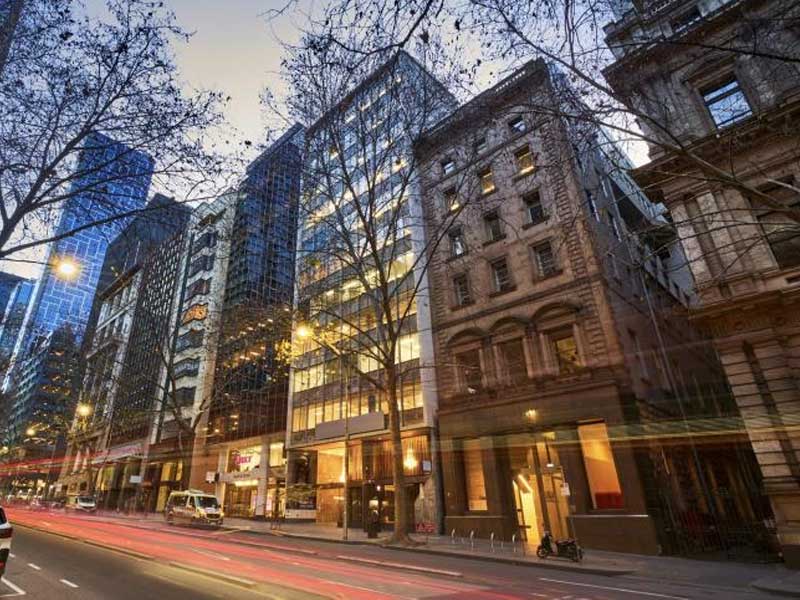
The unseen risks of sinkholes on our streets
In the bustling heart of Melbourne, a recent incident has highlighted an often overlooked urban challenge: the sudden emergence of sinkholes. These geological surprises, while rare, pose significant risks to public safety and infrastructure. The occurrence of a sizable sinkhole on Collins Street, a busy thoroughfare in Melbourne’s central business district, serves as a stark reminder of the importance of vigilant infrastructure maintenance and the role of water leaks detection in urban planning.
Uncovering the Hidden Dangers: The Collins Street Sinkhole
On an otherwise ordinary day, the stability of Collins Street was compromised when a large sinkhole appeared, measuring over one metre in width and two metres in depth. This unexpected development not only disrupted traffic but also prompted immediate safety concerns. The city’s response team, comprising engineers and safety professionals, was quick to assess the situation. Their preliminary investigations attributed the cause to a drainage crack, an issue that often remains unnoticed until it manifests in such dramatic fashion.
The Role of Advanced Technology in Urban Safety
To determine the underlying cause of the sinkhole, experts employed state-of-the-art technology, including CCTV drainage cameras. These tools are crucial in diagnosing the health of underground infrastructure. The cameras revealed a crack in the barrel drain running beneath the street, confirming suspicions of an infrastructure failure. This incident underscores the necessity of incorporating advanced technology, like water leaks detection systems, in urban maintenance to prevent such occurrences.
Preventive Measures and Long-Term Solutions
The Collins Street incident is not an isolated event in Melbourne’s history. Previous occurrences, such as the four-metre sinkhole in Keilor East, emphasize the need for a proactive approach to urban planning. Preventive measures, including regular inspections, maintenance of drainage systems, and the use of water leaks detection services, are essential. These practices not only help in identifying potential risks early but also contribute to the longevity and resilience of urban infrastructure.
Impact on Traffic and Urban Life
The emergence of the sinkhole necessitated immediate traffic diversions, particularly for vehicles traveling eastbound on Collins Street. Such disruptions, while necessary for public safety, highlight the broader impact of urban geological issues on daily life. The quick response and repair efforts by the city authorities minimized the duration of inconvenience, with plans to reopen the road promptly. However, the incident serves as a reminder of the fragile balance between urban development and the natural environment.
Collaborative Efforts in Urban Management
The management of urban infrastructure, particularly in dealing with unforeseen challenges like sinkholes, requires a collaborative effort. It involves city planners, engineers, safety experts, and the community. Public awareness and understanding of these issues are just as important as the technical solutions employed to address them. In Melbourne, the collective response to the Collins Street sinkhole represents a model of efficient urban management, balancing safety, technology, and public communication.
Towards a Safer Urban Future
The sinkhole on Collins Street in Melbourne’s CBD is a vivid reminder of the unseen risks lurking beneath our urban landscapes. It highlights the need for continuous monitoring, preventive maintenance, and the integration of advanced technologies like water leaks detection systems in urban planning. As cities continue to grow and evolve, addressing these subterranean challenges proactively will be crucial in ensuring the safety and well-being of urban residents and the sustainability of our urban environments.
